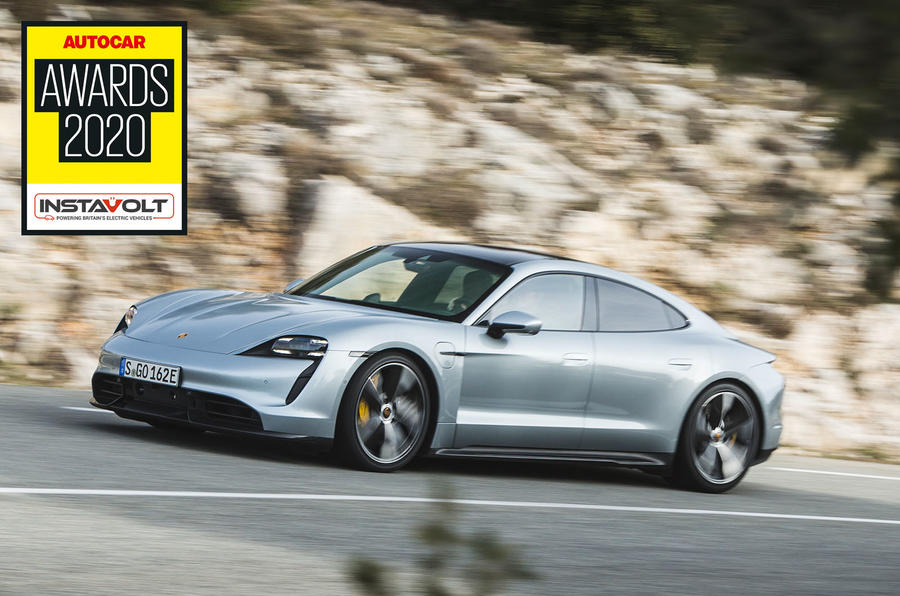Every year, we name our Game Changers - the cars that defied the conventions of their class, or set new standards for the rest of the industry to match. For the 2020 Autocar Awards, we have four winners:
Porsche Taycan
Even the most progressively minded road tester at this magazine must have had doubts that an electric car could ever deliver the synaptic goods from behind the wheel. Too heavy, too soulless. And yet even at this relatively early stage in the story of battery-powered machines, Porsche has done it with the first zero-emission model in its 89-year history.
Perfection? Not quite. At more than £83,000 for the entry-level 4S, the Taycan is an expensive electric car. And despite its exceptionally clever packaging, neither is it quite as practical as a four-door performance car built in the GT mould should be. Boot space is limited and rear-seat passengers won’t find it as capacious as, say, the Mercedes CLS. It won’t travel as far as a Tesla Model S on a single charge, either.
And yet the Porsche Taycan’s performance is simply breathtaking, its handling traits recognisable from even the finest mid-engined supercars and its easy drivability and smooth ride guaranteed to have you pining to own an example mere miles after you’ve slipped down into the supportive driver’s seat for the very first time. Perceived quality is also extremely high and so, like many a game-changing machine, it feels unusually complete at the first attempt.
Indeed, there’s a pervasive desirability about the Taycan that stems from the fact that, far from being inert, it has all of the Porsche hallmarks we were afraid would be lacking in an electric car, even if the smooth gurgle of a flat-six engine is sorely missed. The brake pedal is expertly calibrated and the response, accuracy and feel of the steering are every bit as engaging as you’d find with conventional Porsche cars.
Perhaps it lacks the outright sense of fun delivered by the Cayman or 911 but, as Porsche has demonstrated with the Porsche 911, it tends to improve the breed with time. And with its new, forward-looking powertrain, if there’s one thing the Taycan has on its side, it’s time.









































Add your comment